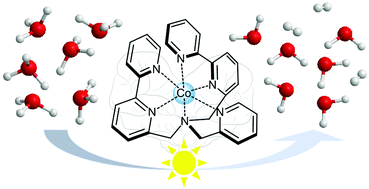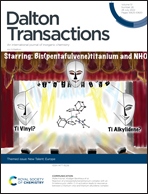Recent findings and future directions in photosynthetic hydrogen evolution using polypyridine cobalt complexes
Abstract
The production of hydrogen gas using water as the molecular substrate currently represents one of the most challenging and appealing reaction schemes in the field of artificial photosynthesis (AP), i.e., the conversion of solar energy into fuels. In order to be efficient, this process requires a suitable combination of a light-harvesting sensitizer, an electron donor, and a hydrogen-evolving catalyst (HEC). In the last few years, cobalt polypyridine complexes have been discovered to be competent molecular catalysts for the hydrogen evolution reaction (HER), showing enhanced efficiency and stability with respect to previously reported molecular species. This perspective collects information about all relevant cobalt polypyridine complexes employed for the HER in aqueous solution under light-driven conditions in the presence of Ru(bpy)32+ (where bpy = 2,2′-bipyridine) as the photosensitizer and ascorbate as the electron donor, trying to highlight promising chemical motifs and aiming towards efficient catalytic activity in order to stimulate further efforts to design molecular catalysts for hydrogen generation and allow their profitable implementation in devices. As a final step, a few suggestions for the benchmarking of HECs employed under light-driven conditions are introduced.

- This article is part of the themed collections: New Talent: Europe and 2022 Frontier and Perspective articles


 Please wait while we load your content...
Please wait while we load your content...